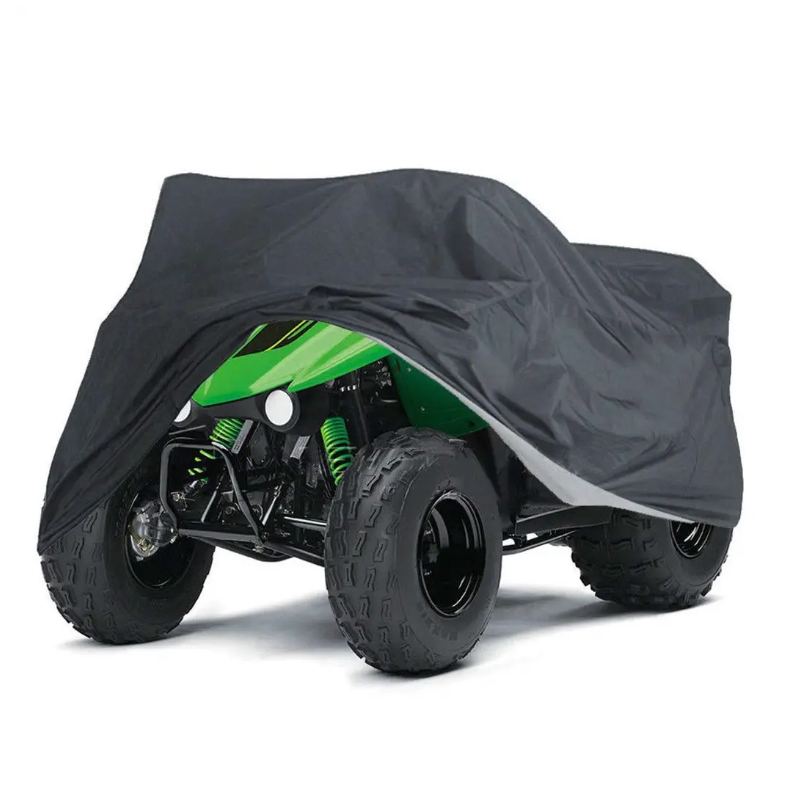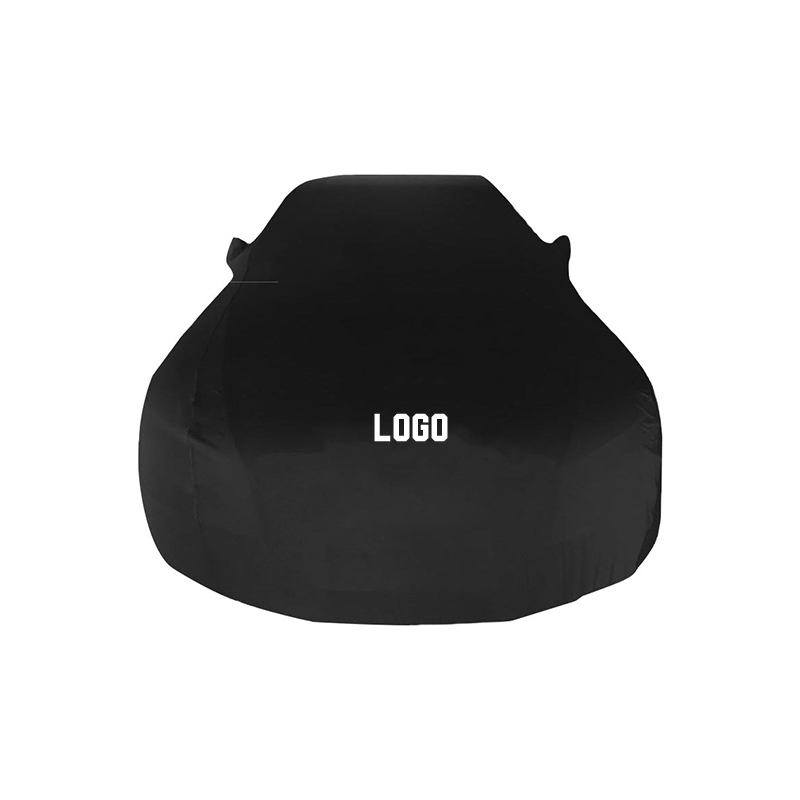When looking for reliable protection for your mountain bike, the terms “waterproof” and “water-resistant” often pop up, but they’re far from interchangeable. As a manufacturer of high-quality mountain bike covers, we’ve seen many customers assume that any mention of water resistance means full protection from the elements. In reality, the difference lies in both the construction of the material and its ability to withstand long-term exposure to moisture. Knowing what separates these two categories can help you avoid common pitfalls—like discovering your bike frame or components are damp or corroding after a rainy week in storage.
Water-resistant bike covers are typically made with fabric that has been treated with a surface coating, such as a DWR (durable water repellent) finish. This allows water to bead off initially, but under continuous rain or humidity, the moisture can seep through the fabric—especially at seams or contact points. They offer lightweight convenience and basic defense against light rain or morning dew, but they’re not built for prolonged outdoor exposure or transport in stormy conditions. On the other hand, waterproof mountain bike covers are engineered to block water entirely, often through multi-layered materials, internal PU coatings, or heat-sealed seams that prevent leakage even during heavy downpours.
A major difference also lies in hydrostatic head rating—a technical measurement of how much water pressure a fabric can resist before it starts to leak. Waterproof fabrics used in premium bike covers usually start around 1,500mm and go upwards to 5,000mm or more, depending on the use case. Anything below that, while it may keep off a drizzle, can’t be counted on to hold up during more intense weather. That’s especially important for customers storing bikes outdoors, near coastal environments, or using rear-mounted vehicle racks where wind and water pressure increase dramatically during transit.

From our experience working with outdoor gear textiles, Oxford cloth remains a trusted option for both water-resistant and waterproof applications. However, the devil is in the details. A basic 210D Oxford cover might be fine under a covered balcony, but for serious outdoor defense, we use heavier 420D or 600D versions with inner PU layers, double-stitched hems, and reinforced corners. These choices don't just boost water resistance—they also enhance durability against abrasion and UV exposure, which are often overlooked but equally damaging over time.
It’s also worth noting that breathability plays a role in preventing moisture damage. Fully waterproof mountain bike covers can sometimes trap condensation inside if not properly designed. That’s why ventilation flaps or strategically placed mesh panels are sometimes integrated—not to let water in, but to allow humidity to escape. Balancing waterproofing with airflow is a technical challenge, but essential for protecting your bike from rust or mold in humid conditions.
Choosing between a waterproof and water-resistant cover ultimately depends on how, and where, you store or transport your mountain bike. For short-term indoor storage, water-resistant options may suffice. But if your bike sits in an exposed backyard or regularly rides on a highway-mounted rack, a full waterproof model is well worth the extra investment. It’s not just about shielding the frame—it’s about protecting your drivetrain, bearings, suspension, and even your paintwork from long-term wear.
As a supplier dedicated to practical design and real-world durability, we don’t just follow spec sheets—we test our covers under actual outdoor conditions, with feedback from mountain bikers who ride year-round. That’s how we continue to improve fit, function, and fabric performance. If you're serious about protecting your gear, understanding the difference between waterproof and water-resistant is the first step—and choosing a trusted, purpose-built product makes all the difference.
We believe mountain bike covers should do more than just look good in the garage—they should perform when it matters most. Whether you’re a casual weekend rider or a year-round trail enthusiast, investing in the right level of protection helps keep your bike clean, dry, and ready for the next ride without compromise.

 English
English Español
Español عربى
عربى русский
русский +86-13071889821/13757104168
+86-13071889821/13757104168












